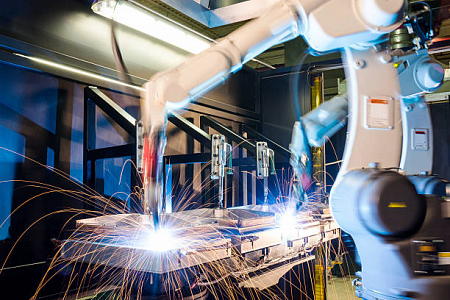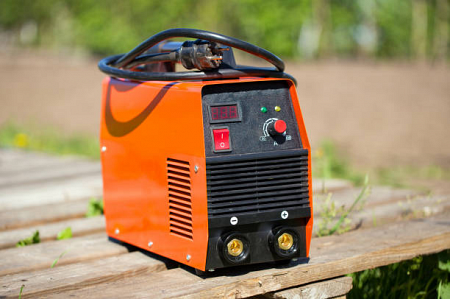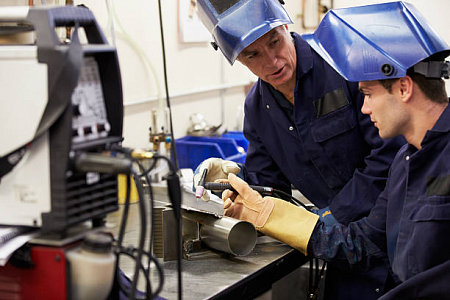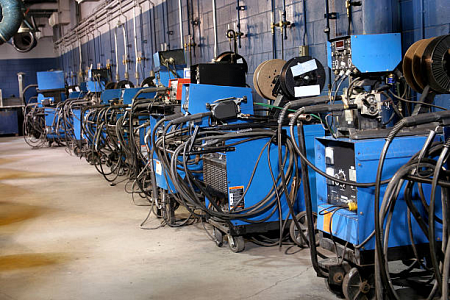
A welding machine is a device used to join materials together. Welding machines produce heat that melts metal parts so that these parts can be joined. Thus, when it cools, it becomes a fixed and resistant joint.
Different materials can be welded, although the welding machine generally works best with metals. Currently, the most conventional is to find these welding machines in industrial environments. In these environments, metallic materials, parts, or tools are produced.
However, it is increasingly common to find these machines, of simpler models, in homes. They are mainly used to perform domestic tasks where it is necessary to unite different parts.
Below we will explain the main types of welding machines available on the market.

In summary, there are many types of solder on the market, but not all use the same technology. Therefore, it is good to know the differences between welding to guarantee our work's good result. Are they:
Arc welding

Today this is the most popular type of welding. This machine uses electrical energy, with which an electric arc is formed between the metal to be welded and the electrode used. There are different types, depending on the electrode to be used, such as:
• Manual arc welding of metal;
• Metal arc gas welding;
• Arc welding of the fused core;
• Arc welding of tungsten gas;
• Submerged arc welding.
TIG welding

The tig welding machine performs the process in a way that does not use filler metal. Thus, the weld is made with a single metal. But if you want to provide filler material, you can add another rod to be welded to different materials.
It is one of the cleanest welds in existence, as it produces no waste. The welding equipment is suitable for carrying out work on car bodies and motorcycles. This is due to its weld bead, which is thin and precise.
MIG welding

What is known as MIG is gas metal arc welding. The electrode arcs with the metal to be welded and then melts, merging with the material. MIG welding has several applications. Thus, both thick and thin metals can be welded with this method.
However, it will require a good MIG welding machine (preferably a 3 phase one) to allow power adjustment and to be able to weld very thin materials and, at the same time, weld thick steel materials.
One of its main advantages is that it can be used in a wide range of thicknesses. Also, it is an easy to control machine that offers aesthetically pleasing finishes.
Electrode welding
Electrode welding is one of the oldest types of welding. Although the process is very simple, it is very effective. That's because the joints it creates are very strong and can be used to weld thicker materials.
The greatest use of electrode welding is in construction, as it is a very resistant type of welding. This is the welding process that should be used for materials such as cast iron or thick materials in general, something that is impossible to weld with other welding processes. Machines used for electrode welding can be re relatively small and quite portable. Depending on the material type a proper electrode type and thickness should be chosen. There is a wide variety of them available online https://www.weldingsuperstore.com.au/bohler-welding-wire
Conclusion on welding machines
The welding process is a critical mechanical process for joining metal parts. Knowing the types of welding machines will help you to choose which one best fits the activities you intend to perform.





